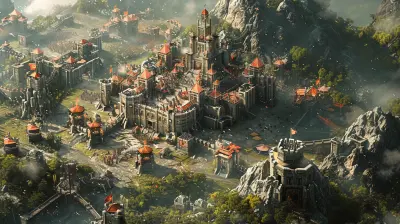The Evolution of Gold Farming and Its Effects
21 October 2025
Gaming has come a long way from its humble beginnings. From pixelated sprites on arcade screens to full-blown open worlds that rival reality, we've seen it all. But as games evolved, so did the way people interacted with them—and one of the most fascinating (and controversial) developments has been gold farming. If you've spent any decent amount of time in online games, you've probably heard the term thrown around. But what is gold farming, where did it start, and what ripple effects has it had on the gaming world?
Let’s take a nostalgic stroll through the past, dig into how this shady-yet-lucrative practice grew, and see what impact it has today. So, grab your digital pickaxe—because we’re mining for some real game-world gold here.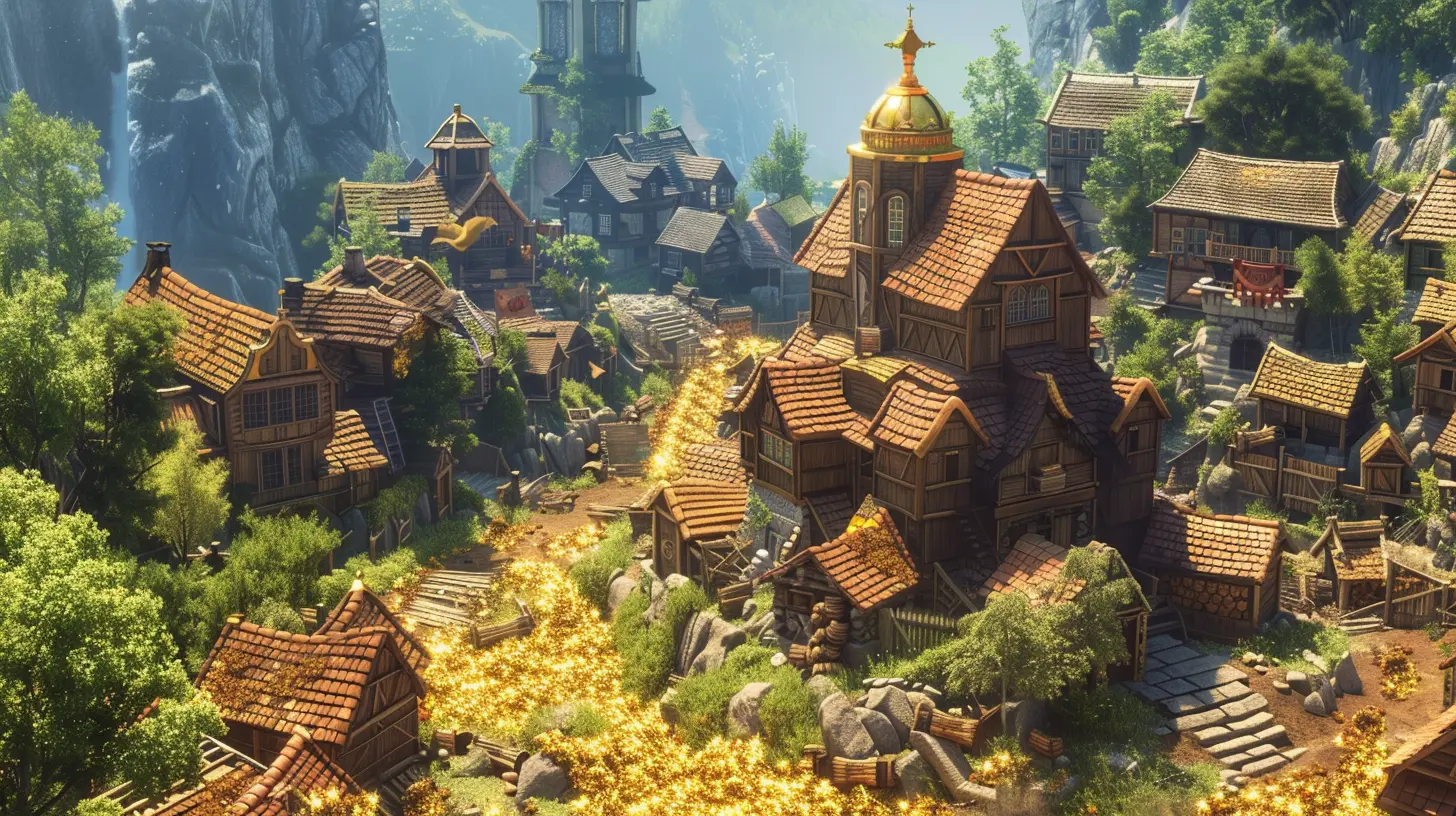
What Is Gold Farming, Really?
Gold farming is when players—often in developing countries—play online games extensively to accumulate in-game currency, items, or other assets, then sell them to other players for real-world money. Sounds kinda innocent, right? Just players helping each other out… except it’s not that simple.We’re not talking about casual trades or the occasional loot share among friends. Gold farming is often a full-blown business, with real workers, daily quotas, and sometimes even sweatshop-like conditions. That shiny sword you bought from a third-party site? Yeah, it might’ve come from a 12-hour grind by someone halfway across the world.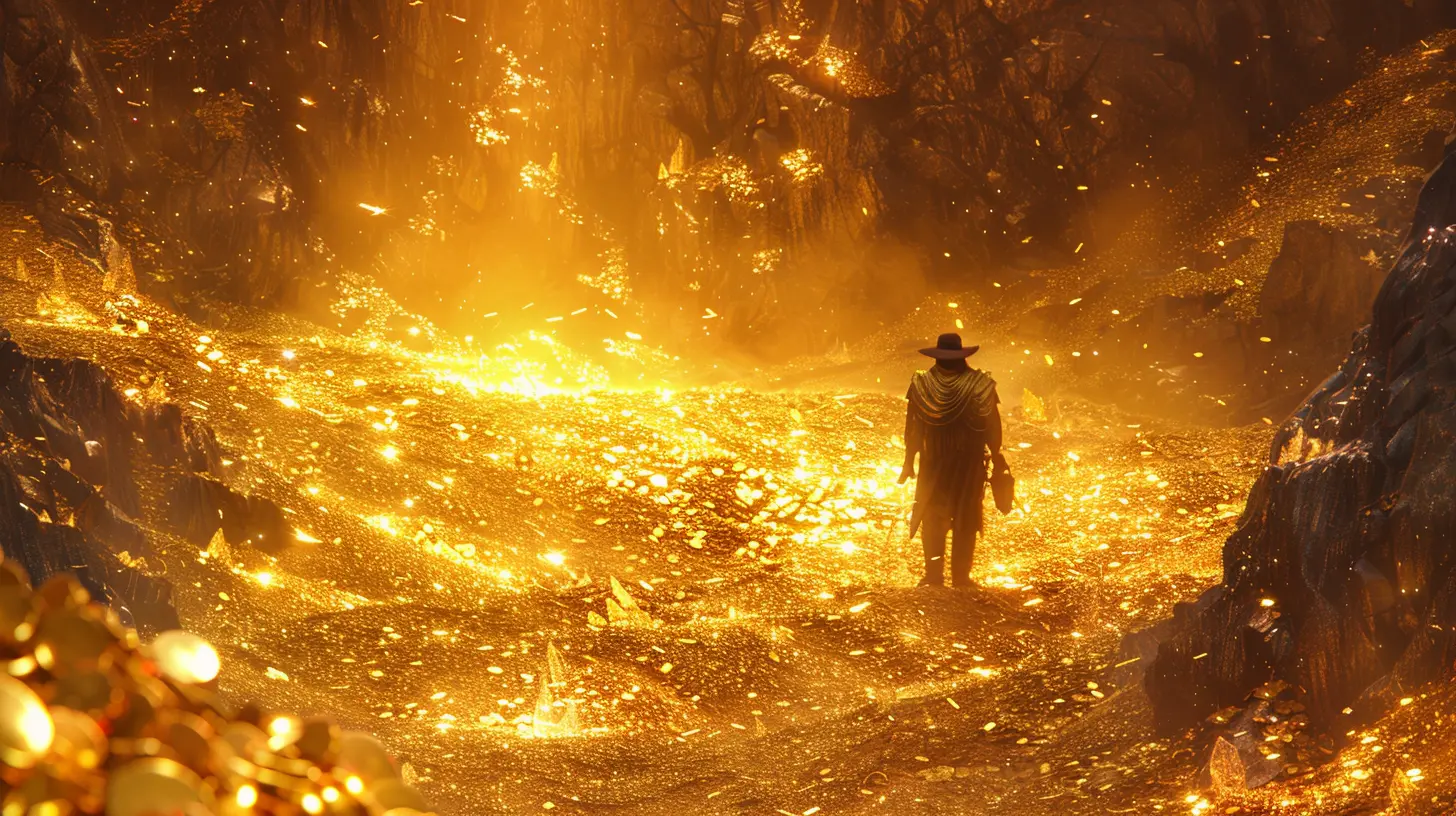
The Origins: A Pixelated Seed in MMORPG Soil
Let’s roll back to the late 1990s and early 2000s, the golden age of MMORPGs (Massively Multiplayer Online Role-Playing Games). Titles like EverQuest, Ultima Online, and Lineage were the breeding grounds for gold farming. These early games had complex economies and tight-knit communities. But they also had one glaring vulnerability: the in-game currency was valuable—and not just in-game.People started to notice: if you could grind enough gold, gear, or potions, someone out there would be willing to pay you real cash for it. At first, it was an underground thing. Gamers helping gamers. Then it exploded.
By the time World of Warcraft hit the scene in 2004, gold farming had gone industrial. Shops in China, Vietnam, and other countries were setting up gold farming operations with dozens (sometimes hundreds) of workers logged in around the clock.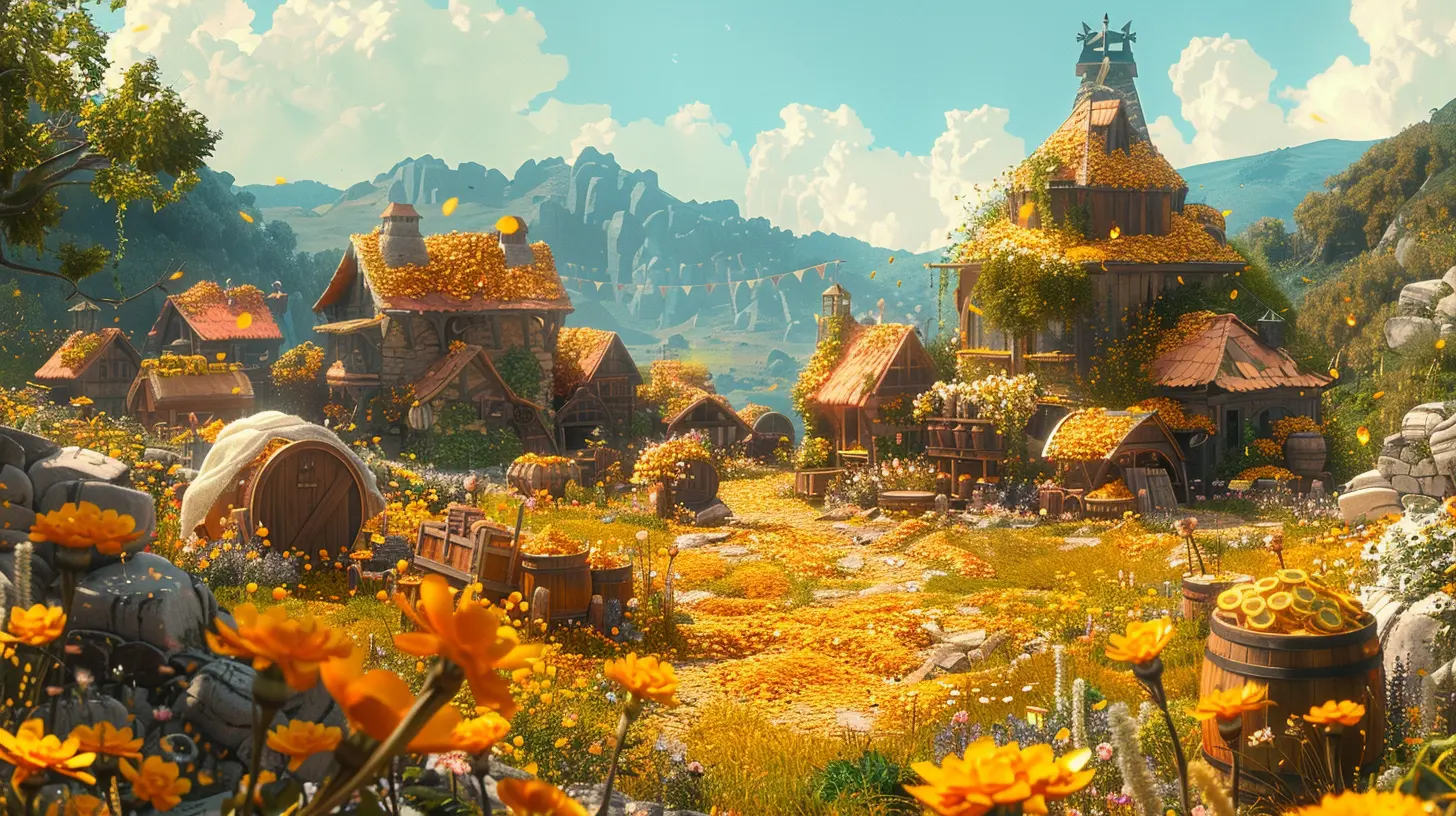
How Gold Farming Became a Global Industry
Gold farming didn’t just become popular—it became a booming business. For many operations, this wasn’t just side cash; it was a legit source of income, especially in countries with lower wages. Players in wealthier nations could skip the grind and enjoy the fruits of someone else’s labor for a few bucks.Here's how it worked:
- Gold farmers played and collected in-game currency or items.
- Middlemen or shop owners packaged this virtual wealth into tradable goods.
- Players from wealthier countries bought these goods via websites or forums.
- Real-world cash changed hands—usually via PayPal, credit cards, or crypto.
Boom. Virtual labor became a real-world transaction. And just like that, a shadow economy was born.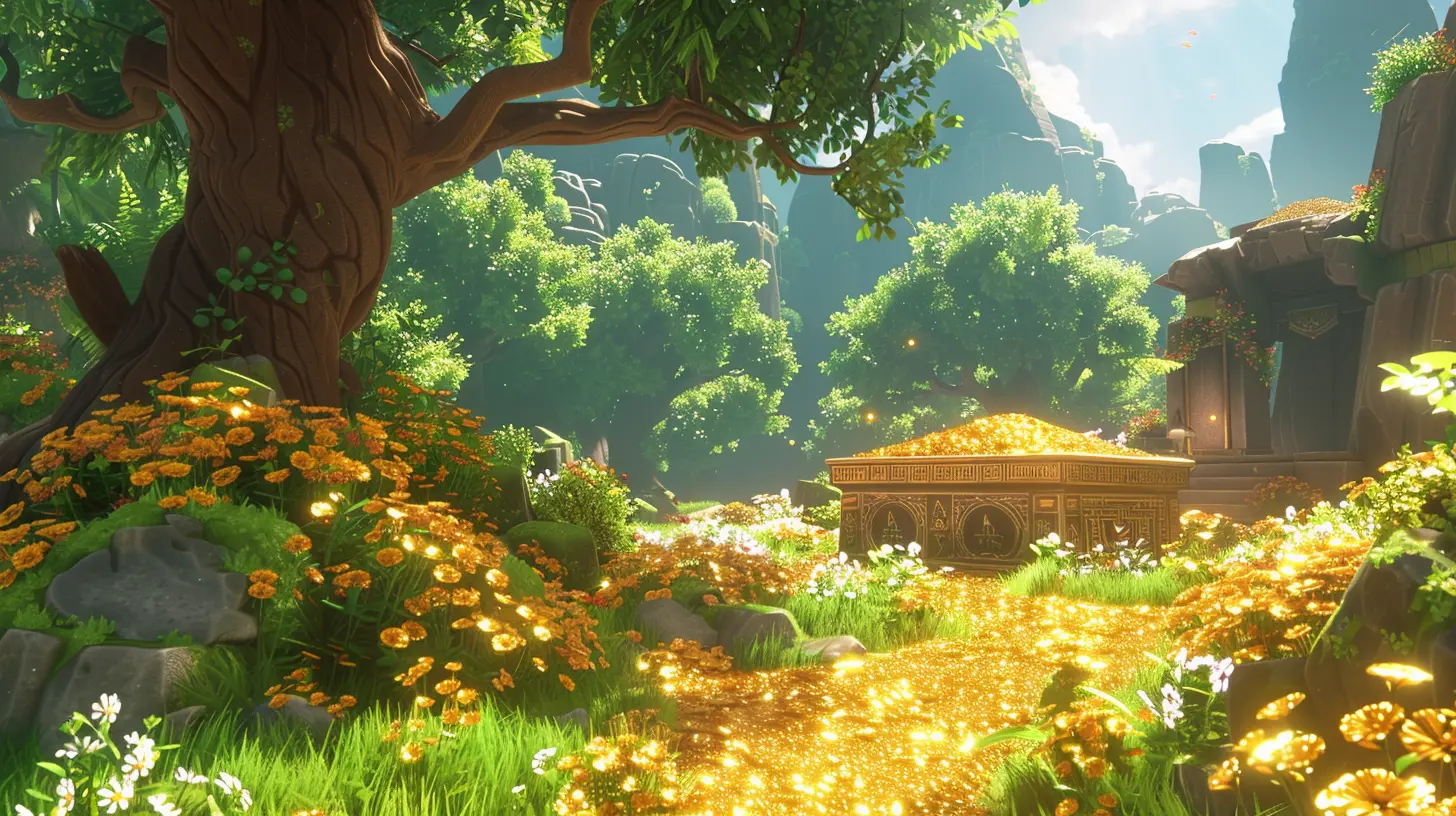
The Dark Side: Ethical and Economic Fallout
But of course, it wasn’t all sunshine and loot boxes. Gold farming came with a serious dark side.1. Exploitation of Workers
In many gold farming operations, workers endured long hours under poor conditions. Think sweatshops, but in-game. These weren't always passionate gamers; they were often people doing a job out of necessity, not love for the game.And while we love the idea of “making money doing what you love,” this wasn’t that. It was draining, repetitive, and emotionally exhausting. It turned games—meant to be fun and freeing—into digital prisons for some.
2. In-Game Economy Inflation
Just like printing too much money in the real world messes up the economy, flooding a game with too much gold ruins its balance. Prices for items skyrocket, making it impossible for regular players to keep up. Want that sweet armor set? Good luck affording it without buying gold yourself.Some players even bailed on games altogether because the in-game economy became a pay-to-win mess. And that’s the last thing a competitive gamer wants to deal with.
3. Unfair Advantages and Cheating
Let’s get real—nobody likes a cheater. When someone can drop a few bucks and instantly get better gear, they’re skipping over hours (or even weeks) of hard work. That sucks for players who grind their way up the honest route.Not surprisingly, many game communities started turning against gold buyers just as much as the farmers themselves.
The Crackdown: Developers Strike Back
Game developers weren’t blind to what was happening. As gold farming spread, studios started fighting back. And they fought hard.Bans and Blacklists
Companies like Blizzard began issuing mass bans to accounts tied to farming or buying gold. Entire farming networks were wiped out with a single wave of bans. Sure, new accounts popped back up, but the message was clear: this won't fly.In-Game Reporting Tools
To catch gold sellers in the act, devs introduced in-game reporting tools. Suddenly, if someone spammed gold-selling ads in chat, players could shut it down with a simple click.Changes to Game Design
Some devs even altered how games work to make gold farming harder. How? Things like:- Making drop rates random (RNG-based)
- Limiting trade options
- Locking high-value items to account-bound status
The idea was to make it harder to farm and sell gold without damaging the player experience.
The Shift Toward Play-to-Earn and NFTs
Here’s where the story takes an interesting turn. While traditional gold farming faced tighter restrictions, a new type of earning popped up: play-to-earn games. With the rise of blockchain technology and NFTs, titles like Axie Infinity offered players legit ways to earn crypto through gameplay.Suddenly, the idea of earning real-world money from gaming wasn’t frowned upon—it was part of the design.
This shift blurred the lines between gaming and work even more. It also raised big questions: Is this still a game? Or a job with a prettier UI?
The Players’ Perspective: Love It or Hate It
Ask any group of gamers about gold farming, and you’ll get mixed responses.Pro-Gold Farming Arguments
- “It saves time. Not everyone has hours to grind.”- “It provides income to people who really need it.”
- “If you don’t like it, just don’t buy into it.”
Fair points, honestly. Games are supposed to be fun. If buying gold makes it more enjoyable, why not?
Anti-Gold Farming Arguments
- “It ruins the in-game economy.”- “It gives unfair advantages.”
- “It encourages shady behavior, spam, and even account theft.”
Also true. When gold farming gets out of hand, it kills the spirit of competition and fairness.
Developers Are Adapting Again
Game studios today are getting craftier. Many now offer their own marketplaces where players can buy and sell items—legally and safely. Think RuneScape’s Grand Exchange or Blizzard’s WoW Token system.It’s a middle ground: let players exchange assets, but keep it within the game’s ecosystem.
And guess what? It’s working. Players get peace of mind, devs get a cut, and economies stay (mostly) balanced.
So, Where Do We Go From Here?
Gold farming isn’t going anywhere—it’s simply evolving. As long as games have value and players have money, there’ll be demand for shortcuts.But the form it takes? That’s changing fast.
We’re seeing games with built-in earning models, transparent marketplace systems, and even profit-sharing mechanics. Whether it’s good or bad depends on your point of view. For some, it’s a dream come true. For others, it’s the end of gaming as an escape from reality.
Either way, the evolution of gold farming shows just how connected our digital and real worlds have become. It used to be “just a game.” Now, it’s economics, culture, even livelihood—all packed into a glowing screen.
Final Thoughts
Gold farming started as a byproduct of passion and persistence. It turned into a multi-million dollar industry, full of both opportunity and exploitation. And now? It’s transforming again—melding into Web3, blockchain gaming, and player-driven economies.What does the future hold? Who knows. But one thing’s for sure: in gaming, even fictional gold can build very real empires.
And hey, next time you stumble upon a rare drop or sell that sweet loot, just take a second to think—you’re not just playing a game anymore. You’re part of a digital economy that spans the globe.
Pretty wild, huh?
all images in this post were generated using AI tools
Category:
In Game EconomyAuthor:

Jack McKinstry
Discussion
rate this article
1 comments
Wren McInerney
Great insights on gold farming! It’s fascinating to see how it has evolved and impacted both game economies and player experiences.
October 26, 2025 at 4:34 AM
